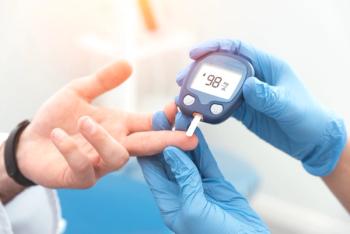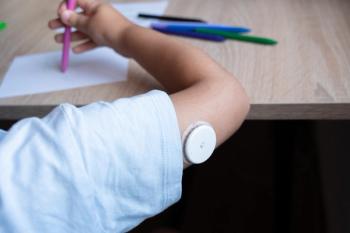
Topical gel makes wound closure pain free
Treating minor lacerations with a topical analgesic gel before gluing them closed makes for pain-free repairs in children, according to a new controlled trial.
Treating minor lacerations with a topical analgesic gel before gluing them closed makes for pain-free repairs in children, according to a new controlled
Tissue adhesives, which are a common alternative to sutures for kids because they cause less pain, still cause stinging or burning in up to 40% of patients. A topical analgesic gel containing a combination of lidocaine, epinephrine, and tetracaine can eliminate the discomfort.
Researchers from Canada conducted a randomized, placebo-controlled, blinded phase II trial involving more than 200 children aged between 3 months and 17 years. All the children presented to a tertiary-care pediatric emergency department with a laceration less than 3 cm in length that could be closed with tissue adhesive. The children received either the lidocaine-epinephrine-tetracaine gel or a placebo gel before the wound was glued closed.
The children who received the analgesic gel reported less pain on the color Visual Analog Scale and the Faces Pain Scale-Revised and were significantly more likely to report having a pain-free experience. In fact, almost twice as many kids who received the analgesic gel reported “no pain” on the Faces scale compared with those who received placebo.
Additionally, complete hemostasis was more common among the children who received the analgesic gel than among those who didn’t; just over three-fourths of the analgesic gel group achieved hemostasis versus just over half of the placebo group.
The downside is that the topical analgesic gel requires up to 20 minutes to take effect. Some practitioners do not think the benefit is worth the wait.
To get weekly clinical advice for today's pediatrician,
Newsletter
Access practical, evidence-based guidance to support better care for our youngest patients. Join our email list for the latest clinical updates.














